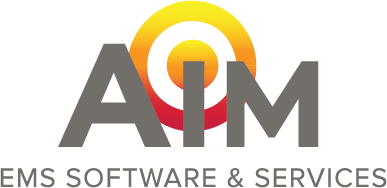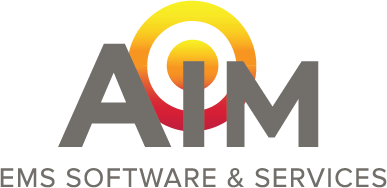Improve ambulance billing efficiency and lower EMS claim rejections.
This blog post is part of a series that addresses ambulance billing best practices. Our ambulance billing blog series highlights tips and insights to help you improve ambulance billing efficiency and lower ambulance claim rejections. Finding a productive ambulance billing groove will help your EMS agency improve performance and increase revenue.
Insurance verification is key to getting a clean claim out the door quickly.
Insurance verification is vital to ambulance billing, but it’s not always easy to do. Here are some tips that will help you find the patient’s insurance information you need in order to bill your ambulance claim.
Hospital Face Sheets Could Feel Like Hitting the Jackpot
Start the insurance verification process by looking at the hospital face sheet. Standard face sheet information includes the patient’s name, date of birth, and social security number, and often insurance information. If the hospital face sheet isn’t obtained during the transport because the crew didn't get the opportunity, or it wasn’t available at the time due to the patient going through triage, you can contact the hospital and ask them to fax the face sheet to you. Establishing a reliable hospital contact(s) who is willing to share hospital face sheets with your EMS agency is a key step in the insurance verification process.
Insurance Verification Tools Decrease Research and Data Entry Time
If you can’t get the hospital face sheet, or the one you have lacks insurance information, you can check common insurance carriers such as Medicare using insurance verification websites like NaviNet or TriZetto. These resources are available as long as you have the patient’s name and date of birth or social security number. Often, if you can get a Medicare or primary insurance ID, you can usually get the secondary insurance. Many ambulance billing systems have integration to third party insurance verification clearinghouses, saving you a huge amount of time in data entry.
Pick Up the Phone When All Else Fails
If insurance verification using these methods doesn’t work, you can check the hospital face sheets for the phone numbers of patients or guarantors. Calling patients and guarantors may be your last resort, but in doing so, you may get what you need to prevent rejection or billing the patient directly and causing further delay in payment.
For auto accidents, if you have the name of the auto carrier, patient’s name, and date of birth, you can call the auto carrier and obtain the claim number needed in order to bill the ambulance claim.
Insurance Verification Tracking Saves Time and Money
See if your EMS billing software has patient account features that can track insurance verification history. If a patient is transported more than once in a short timeframe, depending on the insurance, a quick view of the account’s past insurance verification could save you time.
For example, on May 1, 2019, you verified the patient had active Medicaid. On May 19, 2019, the patient had another ambulance transport. Since the insurance verification history shows you verified the patient’s insurance earlier in the same month, you don’t need to waste time completing the insurance verification steps again.
How does your EMS agency handle insurance verification?
If you could use help navigating the complicated terrain of ambulance billing, we can help.
Our NAAC certified EMS Billing Services specialists know how to handle insurance verification, plus they specialize in ambulance coding principles and claims processing in accordance with current state, federal, and payer requirements. Our EMS Billing Software also has an Insurance Verification feature that makes the insurance verification process much more efficient. On top of all that, we can also keep your EMS agency compliant and maximize your revenue by improving your revenue cycle.
Let us help you with your ambulance billing so that you can focus on your primary goal—saving lives and helping people.




